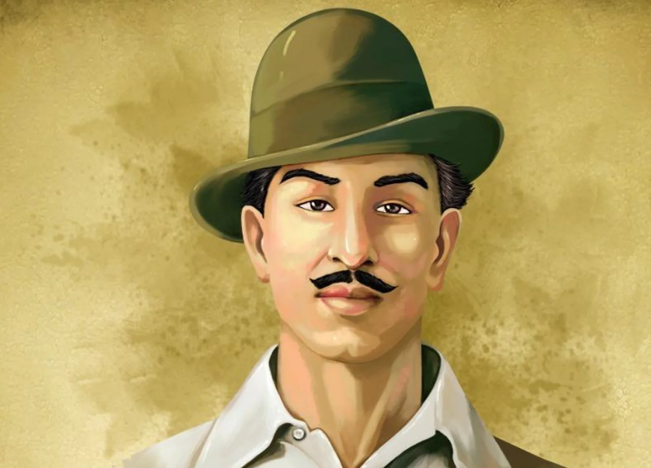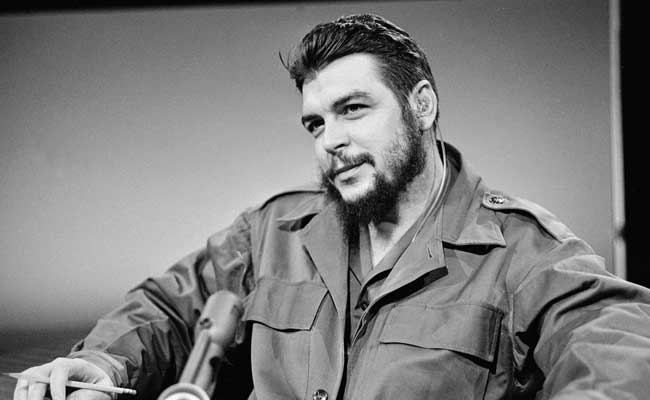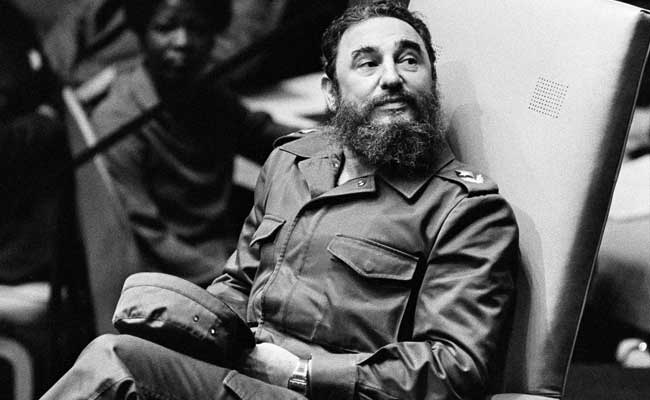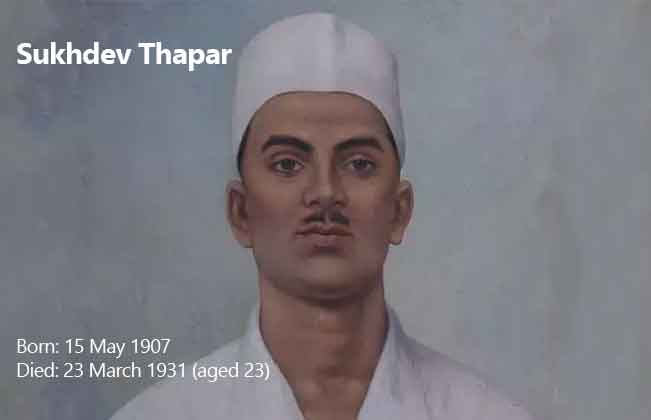Shivaram Rajguru: Shivram Rajguru, one of the leading figures of India’s freedom movement, was a fearless revolutionary known for his unwavering dedication to freeing India from British rule. Rajguru’s fellow freedom fighters Bhagat Singh and Sukhdev Thapar became symbols of the struggle for justice and freedom. His contribution, though often overshadowed by more famous revolutionaries of the time, was significant in shaping the course of India’s freedom struggle.
Early life and background of Shivaram Rajguru
Shivaram Hari Rajguru was born on August 24, 1908, in a small village called Khed near Pune in present-day Maharashtra. Raised in a humble Brahmin family, Rajguru’s early education introduced him to Indian history, the injustices of British rule, and stories of Indian revolutionaries. These influences instilled in him a strong desire to free India from colonialism.
Rajguru was deeply inspired by Lokmanya Bal Gangadhar Tilak, one of the main leaders of the Indian freedom movement. He admired Tilak’s radical approach and believed that revolutionary action was necessary to overthrow British rule. His desire for independence and hatred of British oppression pushed him towards more radical ideologies.
Joining the revolutionary movement

Rajguru joined the Hindustan Socialist Republican Association (HSRA), a revolutionary organization founded by leaders like Chandrasekhar Azad and Bhagat Singh. HSRA aimed to secure India’s independence through direct action, including armed rebellion against the British. Inspired by these like-minded people, Rajguru committed to using armed resistance as a method of fighting British imperialism.
He was known for his exceptional marksmanship and was highly skilled in guerrilla tactics, which made him a key asset to the HSRA. Rajguru believed that acts of violence against British officials would inspire the public to join the movement and raise awareness of the injustices committed by the colonial rule.
Saunders murder
One of the most significant incidents in Rajguru’s revolutionary life was the killing of British police officer John Saunders. In December 1928, Lala Lajpat Roy, a veteran leader of the Indian National Congress, was brutally beaten by the police while leading a protest against the Simon Commission – a British committee set up to review India’s constitutional reforms but which included no Indians. Representative Lala Lajpat Roy later died of his injuries.
Lala Lajpat Roy’s death angered the entire nation, including Rajguru and other members of the HSRA. In retaliation, Bhagat Singh, Rajguru and Sukhdev decided to take action. Their goal was James A. Scott, the British officer responsible for ordering the attack on Lala Lajpat Roy. However, in a case of mistaken identity, they instead kill a junior officer, John Saunders.
On December 17, 1928, Rajguru, acting as chief marksman, shot Saunders in Lahore (now in Pakistan) and Bhagat Singh fired additional shots to ensure the officer’s death. The three fled from the scene immediately after the murder.
Saunders’ assassination was a bold statement of defiance against British rule and marked a turning point in the revolutionary movement. However, it intensified British repression of Indian revolutionaries.
Arrest and trial
Rajguru, Bhagat Singh and Sukhdev continued their revolutionary activities for several months after Saunders’ murder, but the British authorities intensified their search for the culprits. In 1929, Rajguru was finally captured by the British police in Pune. He, along with Bhagat Singh and Sukhdev, stood trial for the murder of John Saunders.
During the trial, the three revolutionaries were unapologetic and showed no remorse for their actions. They believed that their violent struggle was justified as part of a larger effort to achieve India’s independence. Their court proceedings became a public spectacle, and their actions won them the admiration of many Indians who saw them as brave patriots fighting for their country’s freedom.
Martyrdom and Succession
On March 23, 1931, Rajguru, Bhagat Singh and Sukhdev were hanged in the Lahore Central Jail, despite widespread protests and appeals for clemency. The trio became martyrs, immortalized in the hearts of the Indian people for their courage and sacrifice. Their executions are commemorated every year in India as Shahid Divas (Martyrs’ Day).
Rajguru’s legacy, along with that of Bhagat Singh and Sukhdev, continues to inspire generations of Indians. Although his life was tragically cut short at the age of 23, his determination, patriotism and fearless resistance to British rule left an indelible mark on the freedom struggle. He was not only a revolutionary, he was an icon of youth against injustice.
Shivram Rajguru’s contribution to India’s freedom movement reflects the passion and sacrifice of a young generation who chose to take radical steps to end colonial oppression. His involvement in the assassination of John Saunders, his unwavering commitment to the revolutionary cause and his ultimate martyrdom all reinforce his dedication to India’s independence. Rajguru, along with his compatriots, continues to inspire patriots and revolutionaries, reminding them of the courage needed to fight tyranny. Today, his story stands as a testament to the enduring spirit of those who sacrificed their lives for independent India.
Read Also: Sukhdev Thapar
![]()





